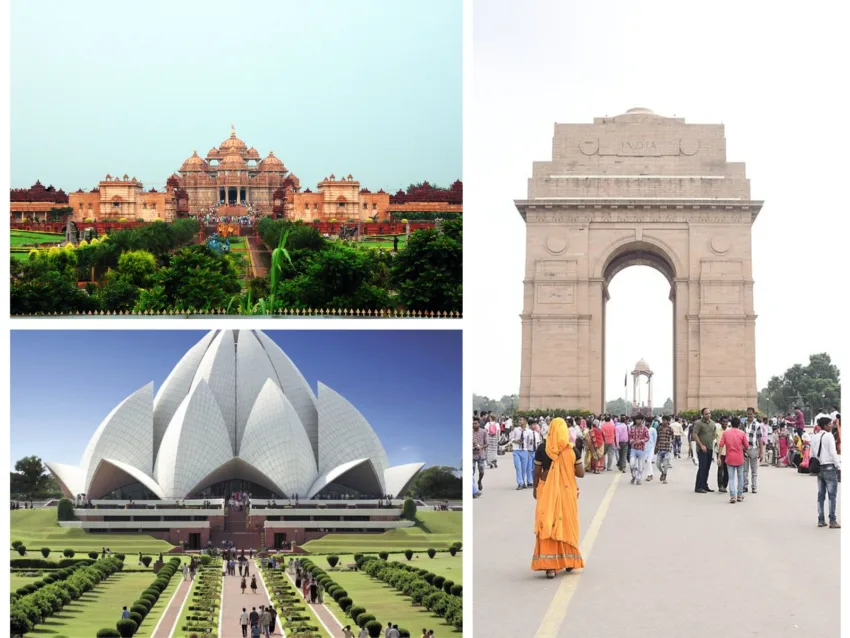Delhi, the capital city of India, is a treasure trove of history, culture, and architecture. It boasts a rich and diverse heritage, with monuments that span centuries and represent various dynasties and empires that have ruled the region. In this comprehensive guide, we will explore 10 must-visit monuments in Delhi, each with its unique historical significance and architectural beauty. m
1. Qutub Minar
Location: Mehrauli, South Delhi
History
The Qutub Minar is one of Delhi’s most iconic monuments, standing tall at 73 meters (240 feet). Qutub-ud-din Aibak made this amazing monument. He was also the founder of the Delhi Sultanate in the early 13th century. The minaret is a symbol of Islamic architecture and is surrounded by other historical structures.
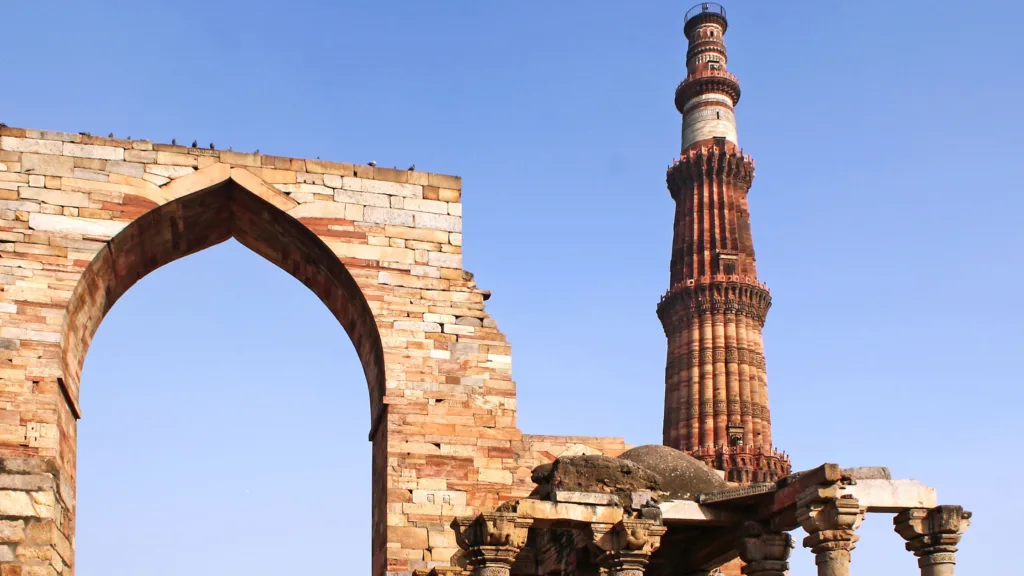
Architecture
The Qutub Minar is a masterpiece of Indo-Islamic architecture, with intricate calligraphy and geometric patterns adorning its surface. It is made of red sandstone and marble. It also features five distinct stories with unique designs.
2. Humayun’s Tomb
Location: Nizamuddin East, New Delhi
History
Humayun’s Tomb is a UNESCO World Heritage Site and a precursor to the Taj Mahal. It was built in the mid-16th century by Akbar in memory of his father, Emperor Humayun. This tomb marks the beginning of Mughal architecture in India.
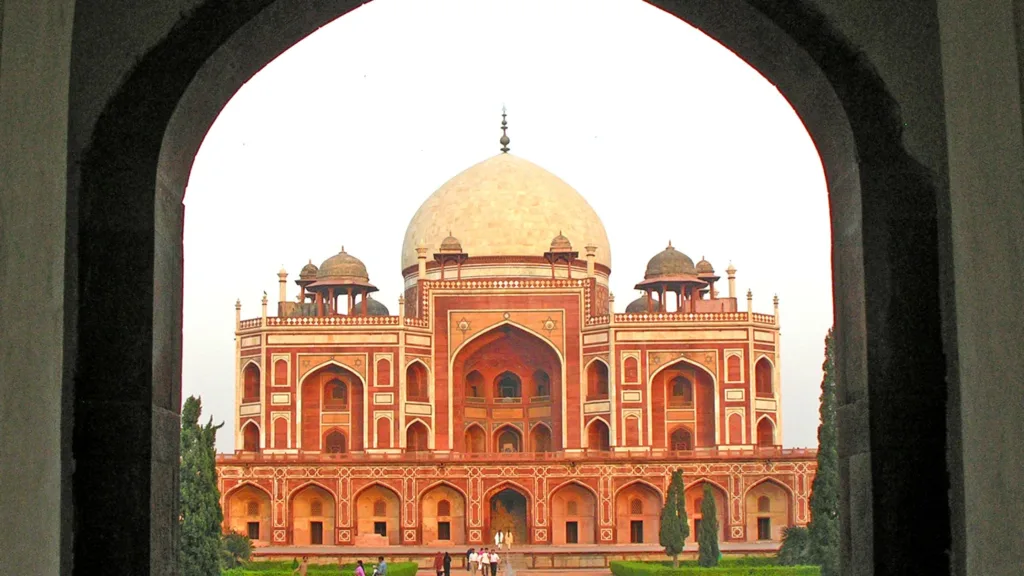
Architecture
The tomb is an excellent example of Persian-style architecture with its symmetrical layout, garden, and central dome. The use of red sandstone and white marble adds to its grandeur, making it one of Delhi’s most beautiful monuments.
3. Red Fort (Lal Qila)
Location: Old Delhi
History
The Red Fort, also known as the Lal Qila, is an iconic symbol of India’s struggle for independence. It was constructed by Shah Jahan in the 17th century and served as the main residence of the Mughal emperors for over two centuries.
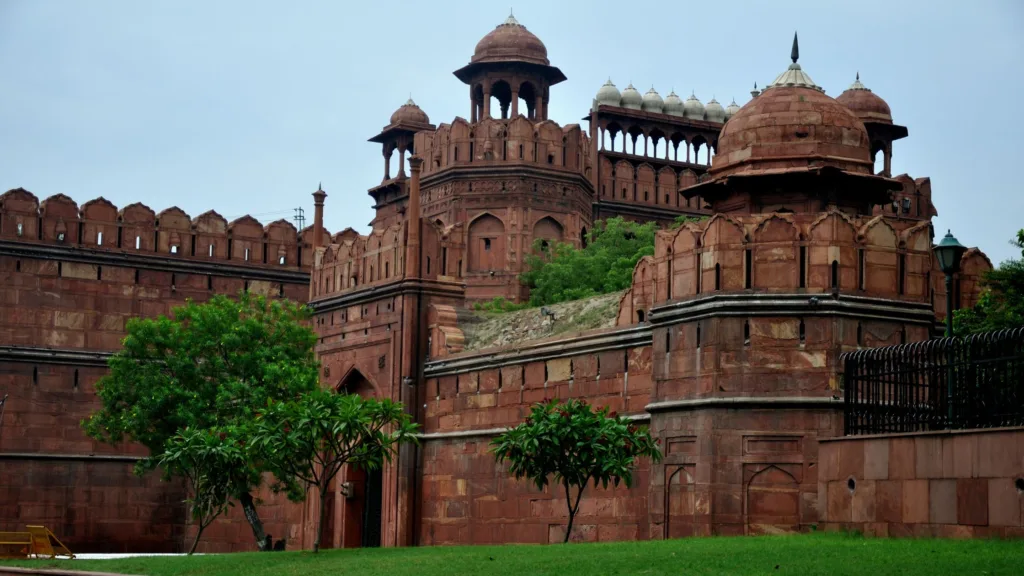
Architecture
The Red Fort is a massive structure made of red sandstone, featuring intricate carvings, stunning archways, and beautiful gardens. Its design is a testament to Mughal architecture’s grandeur and opulence.
4. India Gate
Location: Rajpath, Central Delhi
History
India Gate is a war memorial built in honor of the soldiers who died in World War I. It was designed by Sir Edwin Lutyens and was completed in 1931. It has since become a symbol of national pride and sacrifice.
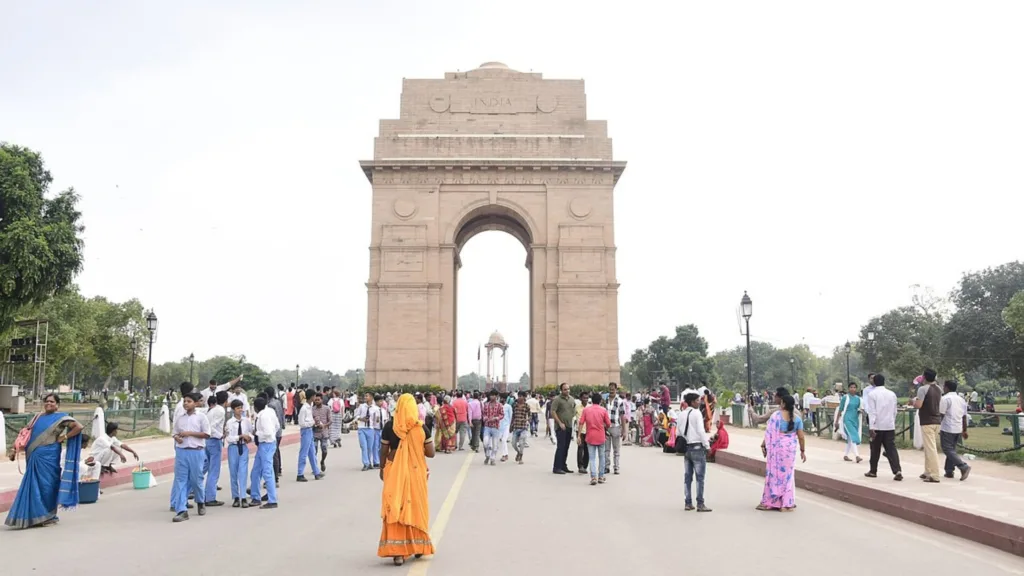
Architecture
India Gate is an imposing structure made of red sandstone and stands at 42 meters (138 feet). The names of over 13,000 Indian and British soldiers who died in various wars are inscribed on its walls.
5. Lotus Temple
Location: Kalkaji, South Delhi
History
The Lotus Temple, also known as the Baha’i House of Worship, is a relatively modern architectural marvel. It was completed in 1986 and is the mother temple of the Indian subcontinent for the Baha’i Faith.
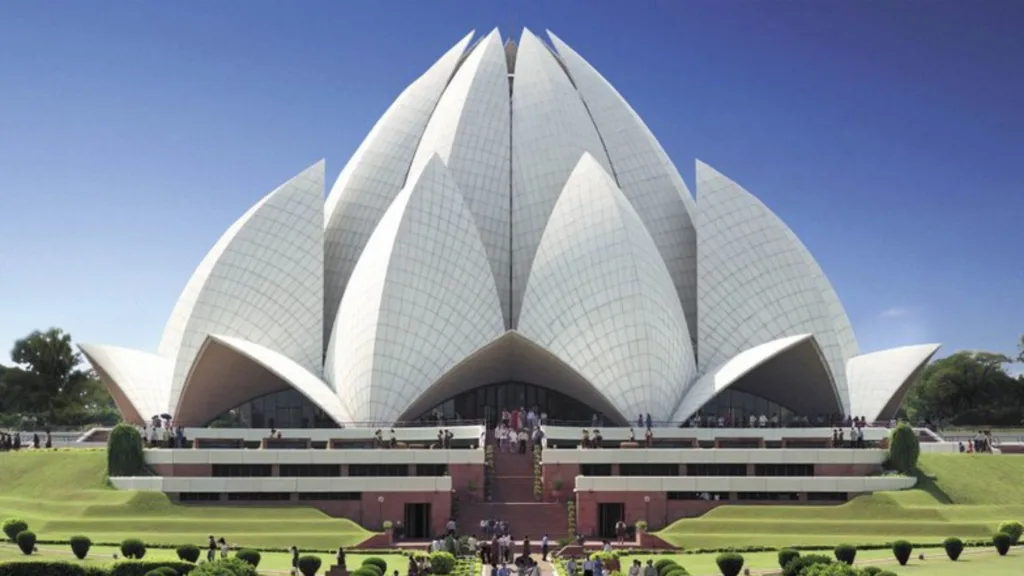
Architecture
The Lotus Temple is renowned for its unique lotus flower-like shape. The structure is made of white marble and features 27 petal-like sections that form the lotus. It is a place of worship and meditation, open to people of all faiths.
6. Jama Masjid
Location: Old Delhi
History
Jama Masjid, one of India’s largest mosques, was commissioned by Emperor Shah Jahan in the mid-17th century. It is an important religious and historical site for Muslims in India.
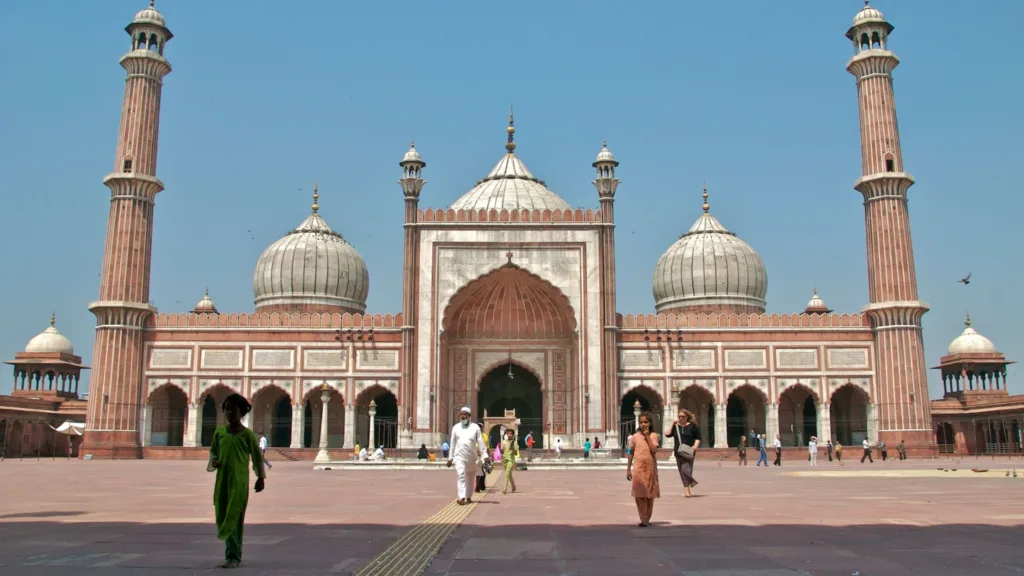
Architecture
This grand mosque is constructed of red sandstone and white marble and can accommodate over 25,000 worshippers. Its central dome and two minarets are iconic features of Mughal architecture.
7. Akshardham Temple
Location: Pandav Nagar, New Delhi
History
Akshardham Temple, officially known as Swaminarayan Akshardham Temple, was inaugurated in 2005. It is dedicated to Bhagwan Swaminarayan and showcases Indian culture, art, and spirituality.
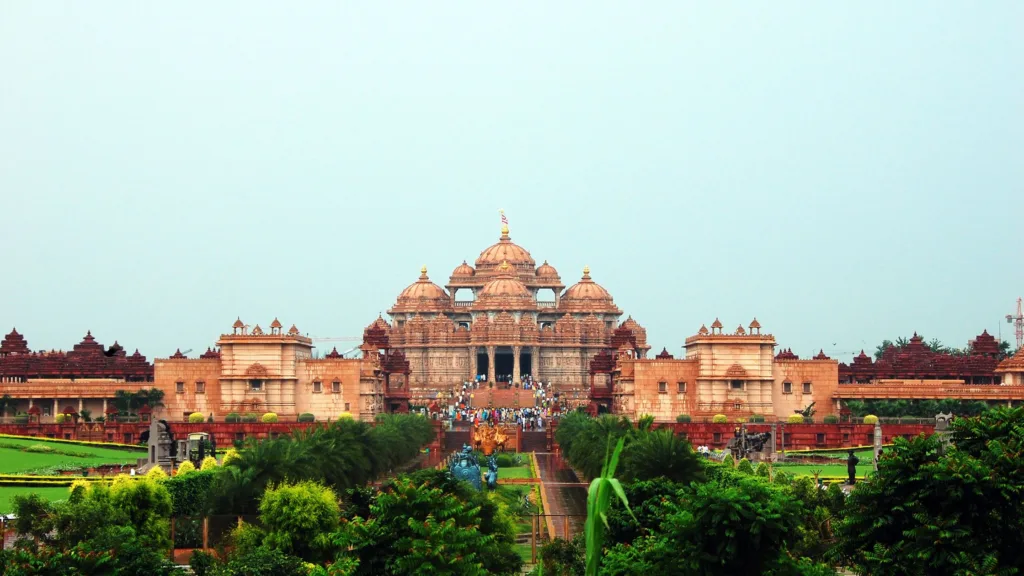
Architecture
The temple complex is a stunning example of modern Indian architecture. It features intricately carved sandstone, a central monument, and a musical fountain show that highlights India’s rich heritage.
8. Raj Ghat
Location: Old Delhi
History
Raj Ghat is the memorial site of Mahatma Gandhi, the father of the Indian nation. It is a simple yet powerful monument that marks the spot of his cremation in 1948.
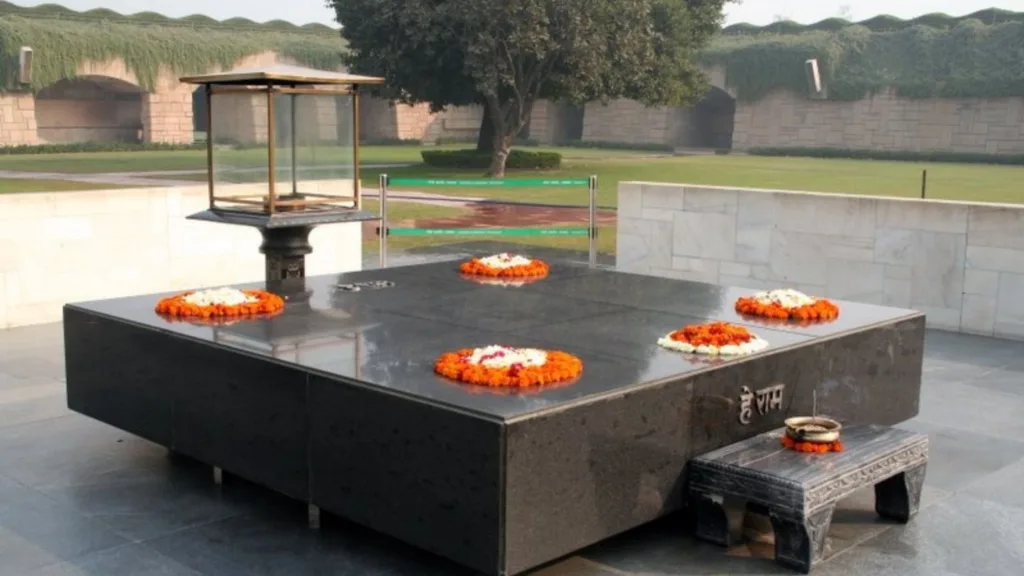
Architecture
Raj Ghat is a black marble platform with Gandhi’s last words, “Hey Ram,” inscribed on it. The site is surrounded by a serene garden, and an eternal flame burns nearby as a symbol of his enduring legacy.
9. Jantar Mantar
Location: Connaught Place, Central Delhi
History
Jantar Mantar is an astronomical observatory built by Maharaja Jai Singh II of Jaipur in the early 18th century. It was used to make precise astronomical measurements and predictions.
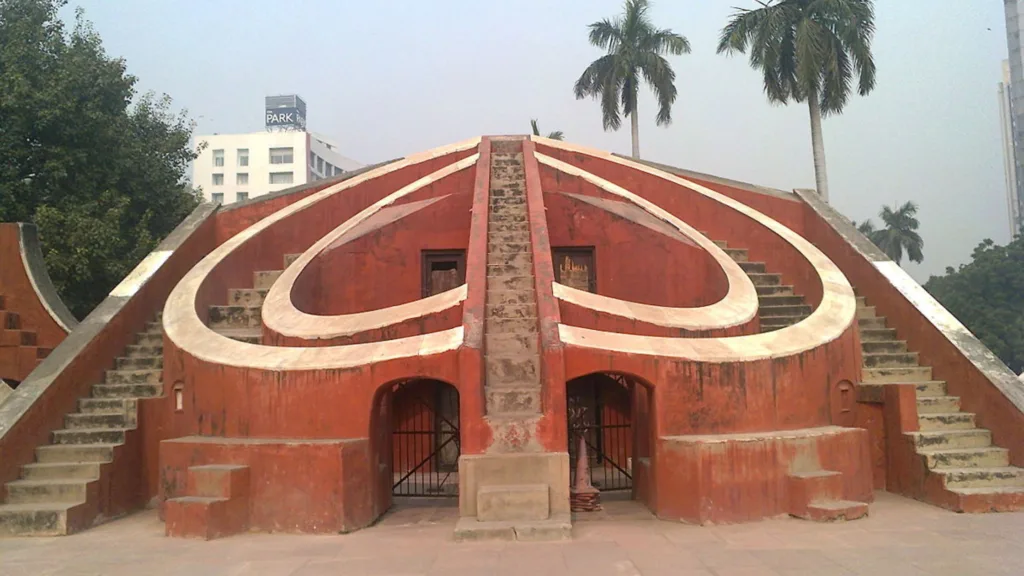
Architecture
The site consists of 13 architectural astronomy instruments, including a massive sundial known as the Samrat Yantra. Jantar Mantar is a UNESCO World Heritage Site and a fascinating glimpse into India’s scientific heritage.
10. Purana Qila (Old Fort)
Location: Mathura Road, South Delhi
History
Purana Qila is one of the oldest forts in Delhi, with a history dating back to the Mahabharata era. The present fort, however, was built by Sher Shah Suri in the mid-16th century.
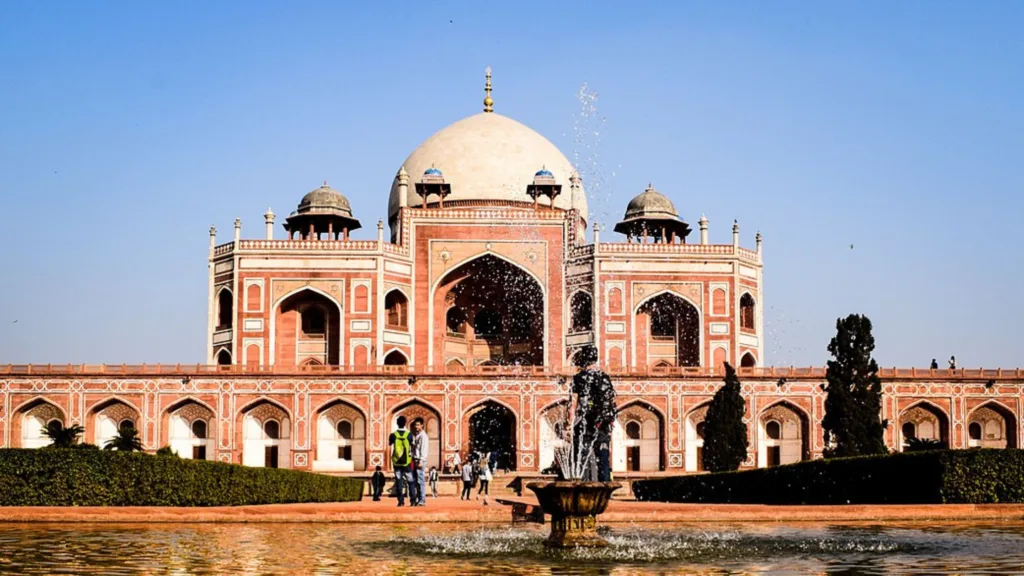
Architecture
The fort is an excellent example of Indo-Islamic architecture, featuring massive walls, bastions, and three main gates. Inside, you can explore various structures, including the Qila-i-Kuhna Mosque and Sher Mandal.
11. Tughlaqabad Fort
Location: Tughlaqabad, New Delhi
History
Constructed in the 14th century by Sultan Ghiyas-ud-din Tughlaq, the fort reflects the might of the Tughlaq dynasty.
Its history is marred by a tragic incident: it is said that the construction was halted abruptly due to a curse believed to be cast by Sufi saint Nizam-ud-din Auliya. Consequently, the fort was never fully completed or inhabited, becoming a haunting symbol of architectural ambition cut short.
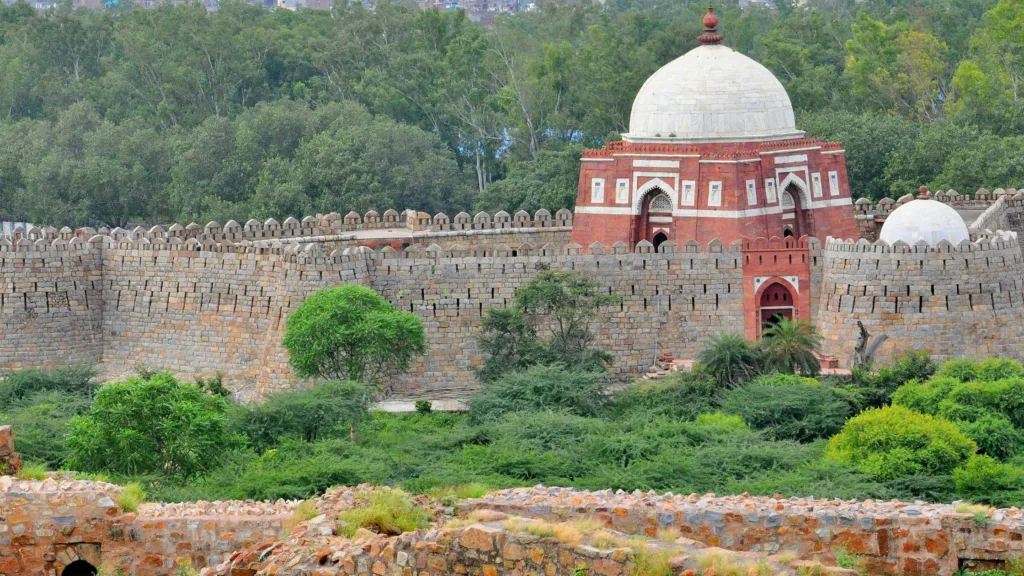
Architecture
Tughlaqabad Fort boasts colossal stone walls, reaching up to 10-15 meters in height, and has 13 imposing gates. Its architectural marvel includes bastions and towers, showcasing the Tughlaq dynasty’s military prowess.
The fort’s grandiosity is complemented by its vast reservoir, highlighting the innovative water conservation methods employed during its construction.
Despite its incomplete state, the fort remains a testament to medieval Indian architecture and engineering
12. Safdarjung’s Fort
Location: Race Club, New Delhi
History
Safdarjung’s Tomb is a mausoleum dedicated to Safdarjung, the powerful prime minister of the Mughal Empire under Emperor Muhammad Shah. It was built in 1754. The tomb’s construction was commissioned by Safdarjung’s son, Shuja-ud-Daula, after his father’s death.
It stands as a tribute to Safdarjung’s influence and his significant contributions during the Mughal era, showcasing the architectural style prevalent during the declining years of the Mughal Empire.
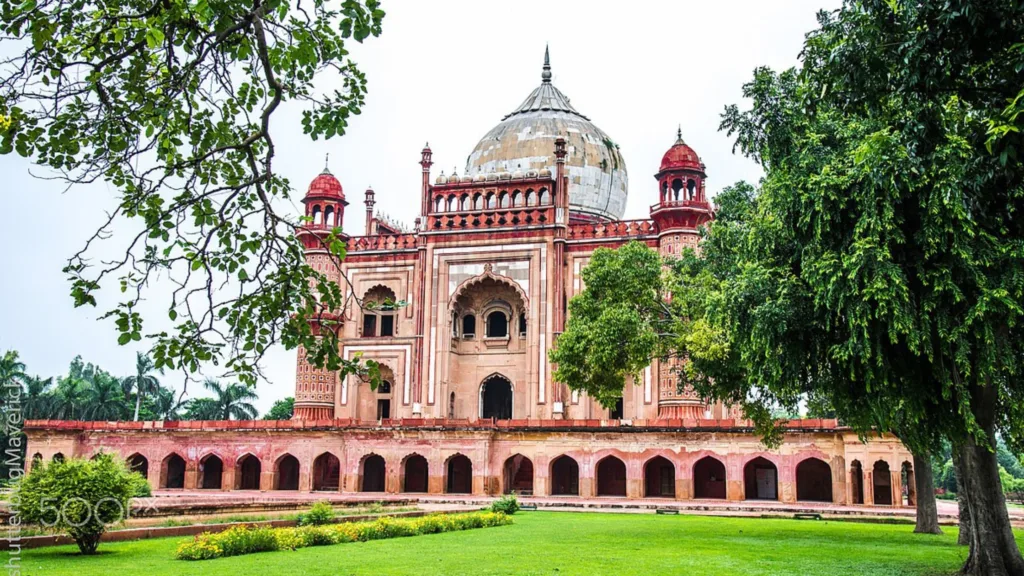
Architecture
The tomb reflects a harmonious blend of Mughal and Persian architectural styles. Its main structure is built from red sandstone, adorned with marble embellishments, intricate latticework, and delicate ornamentation.
The central dome, surrounded by four elegant minarets, is a striking feature. The lush garden surrounding the tomb adds to its aesthetic appeal, making Safdarjung’s Tomb a picturesque and historically significant monument in Delhi.
13. National Handicraft and Handlooms Museum
Location: Pragati Maidan, New Delhi
History
Established in 1956, the museum was envisioned by the renowned freedom fighter and craftsman, Smt. Kamaladevi Chattopadhyay. Its primary objective was to preserve, promote, and showcase the diverse handicrafts and handlooms of India.
Over the years, the museum has become a vital institution, reflecting the artistic skills and cultural tapestry of the nation.
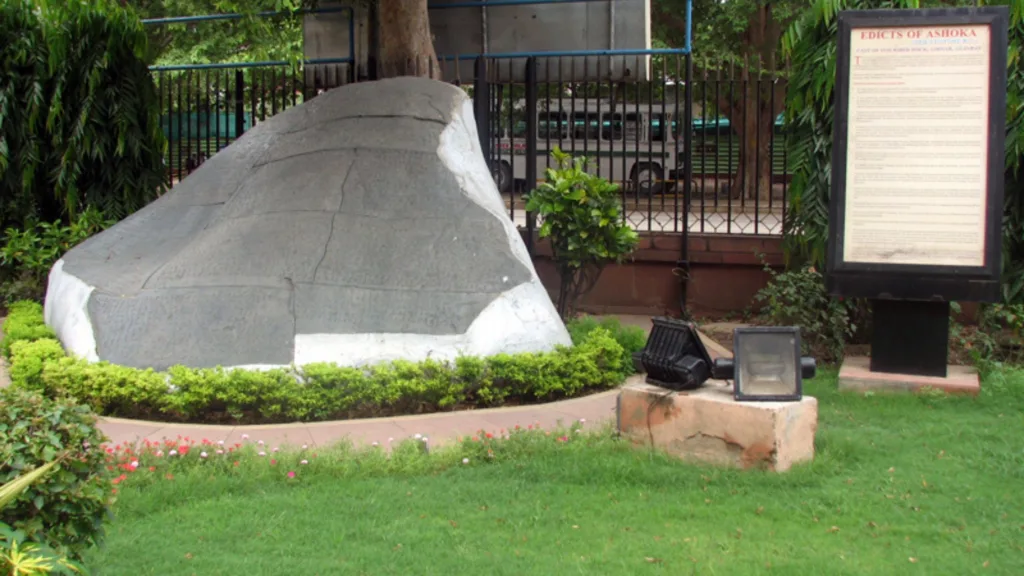
Architecture
The museum’s architecture seamlessly blends traditional Indian design elements with a modern touch. The sprawling complex comprises galleries adorned with intricately carved wooden panels, showcasing a plethora of artifacts.
The buildings themselves are reminiscent of ancient Indian architecture, featuring courtyards, domes, and arches. This architectural fusion provides visitors with a unique and immersive experience, enriching their understanding of India’s vibrant craft heritage.
14. Agrasen Ki Baoli
Location: KG Marg, New Delhi
History
Agrasen Ki Baoli is a remarkable architectural marvel built during the Tughlaq period by Maharaja Agrasen. Its history dates back to the 14th century. It was originally constructed to conserve water and served as a vital source for the local community during ancient times.
Despite its utilitarian purpose, the baoli has also acquired a reputation for its mysterious ambiance, leading to various myths and legends surrounding the well.
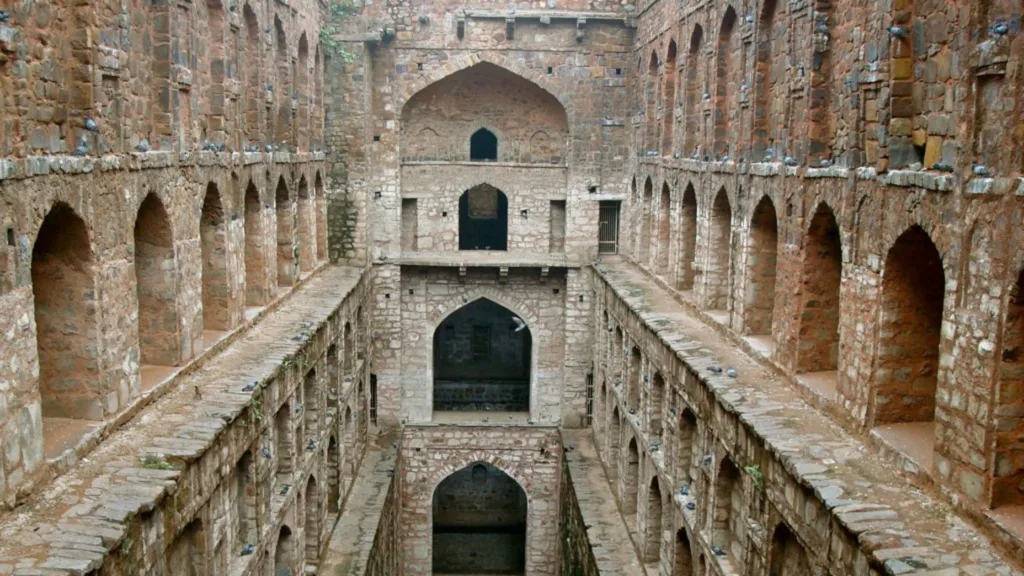
Architecture
Agrasen Ki Baoli boasts a unique architectural design characterized by a series of steps leading down to the water level. The symmetrical and intricately designed steps are flanked by arched niches on both sides.
The baoli’s architectural brilliance lies in its simple yet effective structure, showcasing the ancient engineering expertise of the era. The stark contrast between its historical charm and the bustling modern city that surrounds it makes Agrasen Ki Baoli a captivating destination for history enthusiasts and curious travelers alike.
15. Hauz Khas Siri
Location: Hauz Khas, South Delhi
History
Hauz Khas Siri, originally built by Alauddin Khilji in the 13th century, served as a water reservoir for the medieval city of Siri.
Over time, it transformed into a vibrant center of learning and culture during the reign of Feroz Shah Tughlaq in the 14th century. Scholars and intellectuals gathered here, establishing it as a renowned seat of knowledge in ancient Delhi.
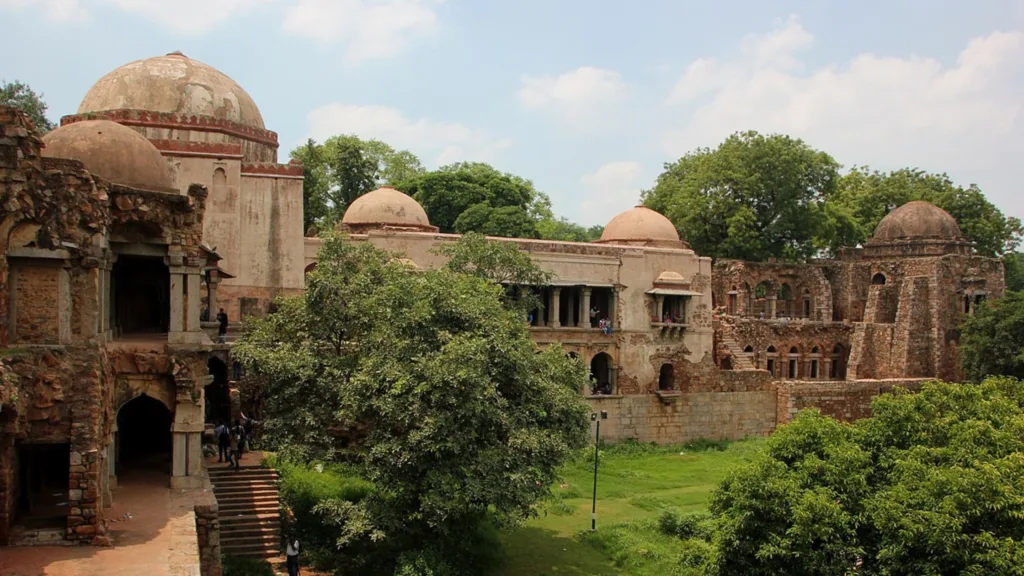
Architecture
The architecture of Hauz Khas Siri showcases a seamless blend of Islamic and Indian design elements. The complex comprises a large water tank, remnants of medieval structures, and the graceful Feroz Shah’s tomb.
The tomb, with its Indo-Islamic architectural style, stands as a testament to the grandeur of the Tughlaq dynasty. The surrounding lush greenery and the serene ambiance add to the site’s allure, making it a tranquil retreat amidst the bustling city.
Wrapping Up
These 15 monuments offer a glimpse into Delhi’s rich and diverse history, showcasing the architectural brilliance of different dynasties and time periods.
Whether you’re a history enthusiast, an architecture lover, or someone seeking spiritual solace, Delhi’s monuments have something to offer for everyone. Each of these sites carries a unique story, making them essential stops on any visit to the city. So, don’t miss the opportunity to explore these magnificent monuments and immerse yourself in the rich tapestry of Delhi’s heritage.

